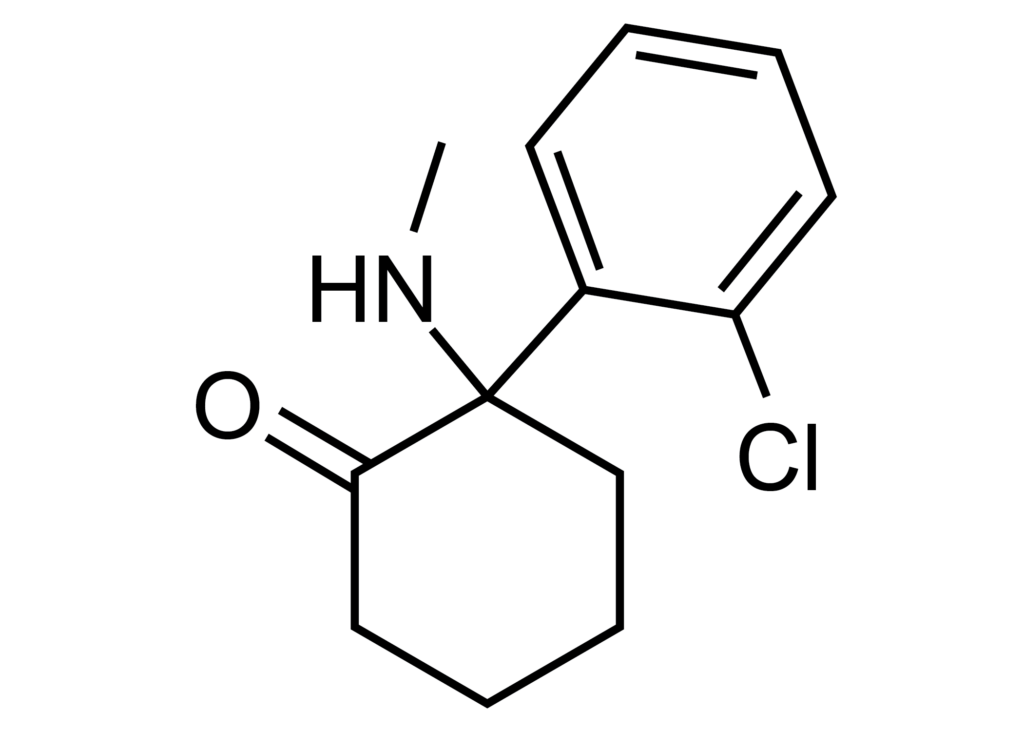Ketamine Testing
Ketamine Detection Testing
Testing | Specimens | Requirements
Ketamine Overview
Generic Name: ketamine [ KET-a-meen]
Brand Name: Ketalar
Street Name: Cat Tranquilizer, Cat Valium, Jet K, Kit Kat, Purple, Special K, Super Acid, Super K, and Vitamin K
Drug Class: General anesthetic
What is Ketamine?
Paraphrased from the DEA Fact Sheet:
“Ketamine is a dissociative anesthetic with hallucinogenic effects. It distorts sight and sound perception, causing users to feel disconnected and lose control. It is known as a “dissociative anesthetic hallucinogen” because it detaches patients from pain and their surroundings.
Ketamine can induce sedation, immobility, pain relief, and amnesia. However, it is often misused for its dissociative and hallucinogenic properties.
Ketamine is approved for medical use as an injectable, short-acting anesthetic in humans and animals. It is also available as esketamine (Spravato®), a nasal spray used to treat treatment-resistant depression.”
Learn more by visiting the DEA Fact Sheets.
Specimen Requirements
Specimen: Hair | Fingernail | Urine
Specimen Container: Tamper-evident sealed envelope or tamper-evident sealed over specimen cup
Storage Conditions: Specimen specific
Specimen Collections: Hair Collection Instructions | Fingernail Collection Instructions | Urine Collection Instructions
Turnaround Time: Generally, the standard turnaround time for reporting negative screening test results is the next business day, with an additional 1-2 business days for specimens that require confirmatory testing. Turnaround time begins from receipt of the valid specimen –accompanied by a properly documented valid order– into the laboratory. Some tests require additional time to process and will fall outside the standard turnaround time window.
Metabolites
Ketamine is metabolized by N-demethylation to the active metabolite norketamine.
Learn More
Read more about ketamine by following the link to our blog article; Ketamine: Current and Future Use.
Contact USDTL
1.800.235.2367
Client Services
By Phone: 1.800.235.2367
Business Hours (CST)
Monday....................7am-7pm
Tuesday....................7am-7pm
Wednesday.............7am-7pm
Thursday..................7am-7pm
Friday........................7am-7pm
Saturday...................8am-5pm
Newsletters, Posters, and Catalogs
Our print materials will keep you up to date on the latest news in drug and alcohol testing.
Request Your Collection Supplies
For your convenience, USDTL provides test collection supplies at no additional charge.


